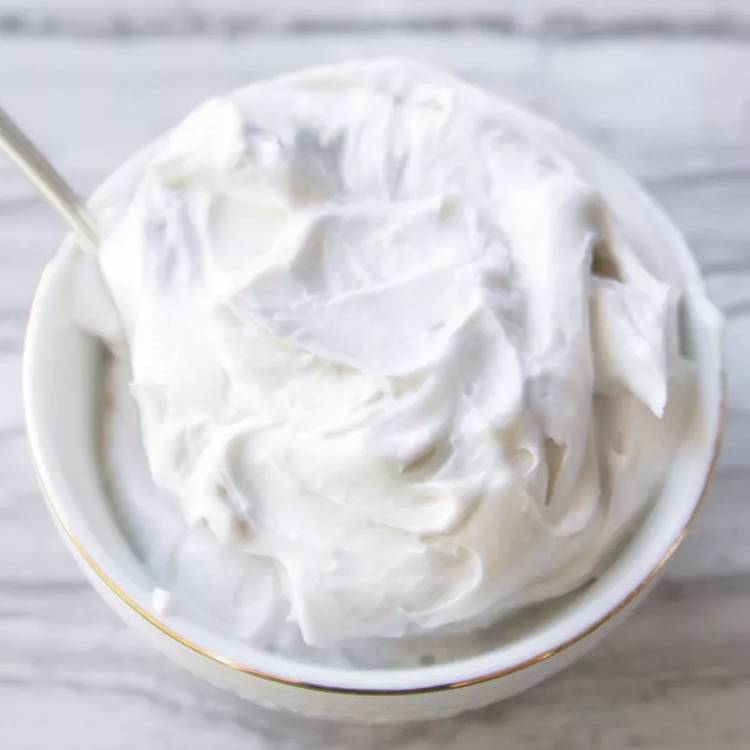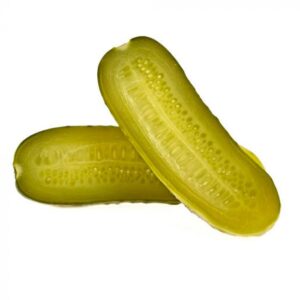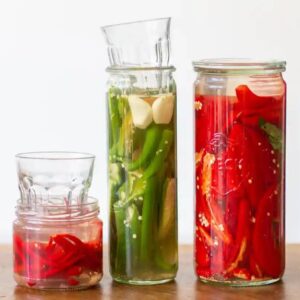The distinction between the two is similar to that between dairy milk and cream: they are composed of the same ingredients- coconut, water, and occasionally guar gum for stabilization- but coconut cream has a greater fat content than coconut milk- less water, more coconut- and, as a result, is denser. Coconut milk and coconut cream have a very similar taste, hence the choice of which to use is based on the desired consistency.
Coconut Milk
The coconut milk is made using the same process as coconut cream. First, shredded coconut is simmered with water, then the solid parts are removed. Coconut milk comes in two types: thick and thin. After the simmered liquid settles, the thick coconut milk rises to the top, while the thin coconut milk remains at the bottom with a more translucent appearance. You can easily mix the two parts back together by shaking or stirring commercially canned coconut milk that naturally separates during storage and transportation.
Coconut milk is a popular ingredient in Asian and Indian cuisine, and it can be used to make soups, sauces, curries, and even beverages. It contains approximately 48 grams of fat per cup, but the amount may vary depending on the brand. It is high-fat content and creamy texture make it a perfect pairing for spicy ingredients, as it has a cooling effect on the palate.
However, a new type of coconut milk has emerged on the market for those seeking dairy alternatives. This variety has a lower fat content than the traditional canned coconut milk and is typically sold in large cartons. It can be used like dairy milk, poured over cereal, added to coffee, or consumed straight as a beverage. It’s worth noting that when most recipes call for “coconut milk,” they are referring to the canned variety, not the dairy milk alternative.





